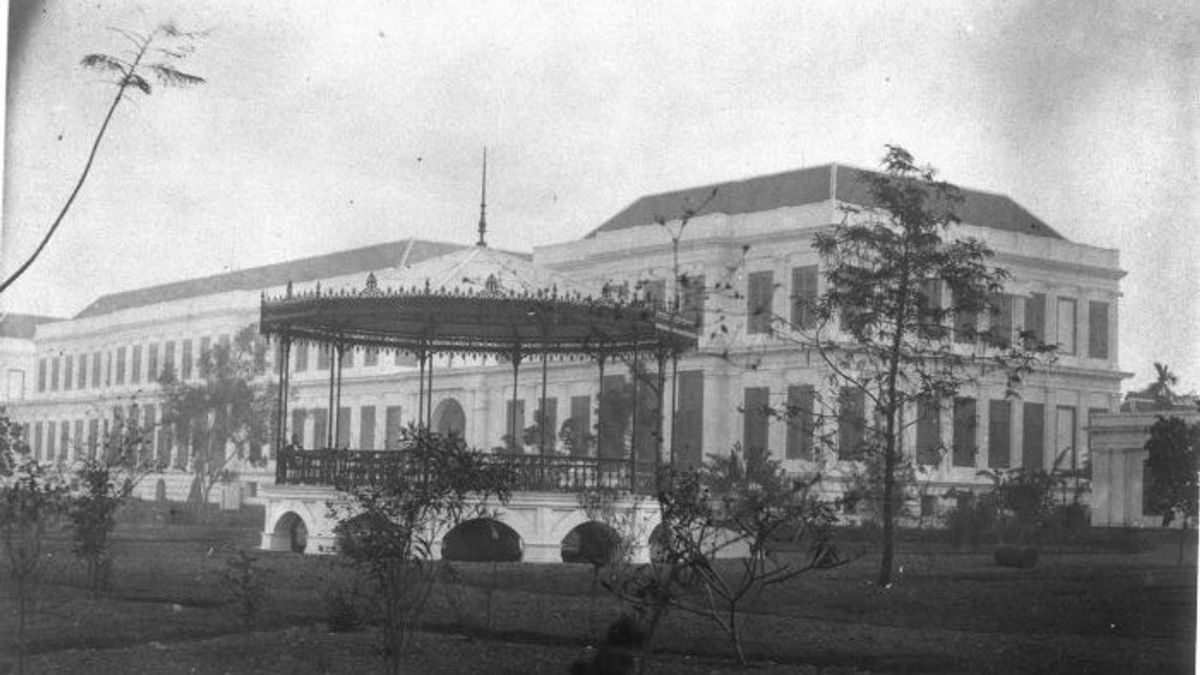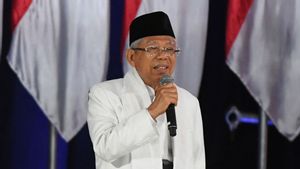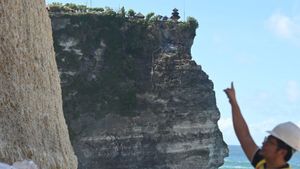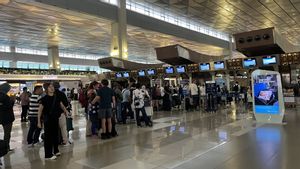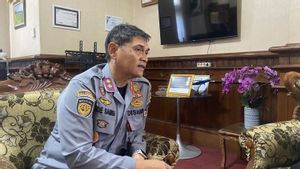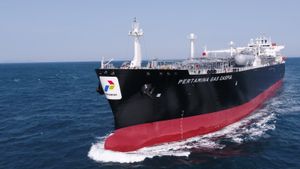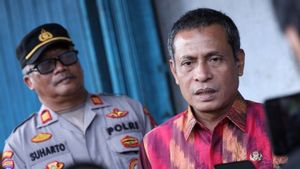JAKARTA - For the Dutch, building a palace as the center of government was a form of greatness in a colony. Therefore, since first conquering Jayakarta and changing it to Batavia in 1619, the construction of Batavia Castle was the main thing for the Company. However, Kasteel Batavia's existence in Oud Batavia (Old Batavia) was not long. Instead, the Company built a magnificent palace in Nieuw Batavia (New Batavia) named Het Witte Huis or the White Palace.
The construction of the palace which is also known as Grote Huis took place in Weltevreden, the area around Banteng Square. The location was deliberately chosen by the Governor General Herman Willem Daendels (1809-1811) himself. According to him, the location is quite strategic and far from disease outbreaks. Moreover, Deandels' ambition to move the administration center from Oud Batavia (Old Batavia) to Nieuw Batavia is on the rise.
Instead of ordering new building materials, Daendels, known as Marshal Guntur, ordered the demolition of all buildings in Oud Batavia, including Kasteel Batavia. Then, from the rubble of buildings in Oud Batavia, Daendels built the Weltevreden area. As quoted by Alwi Shahab in the book Time of the Netherlands, Drunk Born in Batavia (2013), although there are many buildings built by Daendels, special attention has been paid more to the White Palace.
“Daendels built this magnificent building as the residence of the Governor-General who was named De Witte Huis (White House). It is located in front of Lapangan Banteng, the second largest field in Batavia after Koningsplein (now Monas), ”said one important figure in the writing of Jakarta history, Alwi Shahab.
Unmitigated, Daendels appointed Colonel JC Schulze to be the architect of the White Palace. The appointment was made because Daendels really believed that Schulze was one of the famous architects of his time. Another important work of Schulze is Societeit de Harmonie. We have reviewed the details in the writings of Societeit De Harmonie and the Sparkling Exclusivity of Dutch Socialites.

By Schulze, he made designing the White Palace a new challenge. Through his seriousness, the Colonel then understood Daendels' wishes and translated it into three large two-story buildings. The three buildings, among others, are the main, right wing, and left wing which stand parallel to the Banteng Field.
Because Daendels was a representation of Napoleon Bonaparte in the Dutch East Indies, Schulze eventually adopted the 'empire style' style, which was popular in Paris at that time. The decision was made by Schulze because it was in accordance with the aspirations of Marshal Guntur who wanted to build the Weltevreden area similar to the Palace of Versailles in Paris.
Unfortunately, Daendels did not have time to enjoy life inside the White Palace. This is because the construction of the White Palace, also known as the Grote Huis, took a long time. As a result, during the reign of the Dutch East Indies, Daendels spent a lot of time living at the Bogor Palace. Even if he came to Batavia, at that time Daendels lived in the Rijswijk Palace (State Palace) which was famous for the Hotel van den Gouverneur-Generaal or the hotel of the governor-generals.
Got stuckIn the end, Daendels left the Dutch East Indies because he was recalled by Napoleon in 1811. At that time Napoleon made Daendels the commander of the Modlin fort in Poland. As a result, the construction of the White Palace has stalled. The Governor-General of the Dutch East Indies, Jan Willem Janssens, Daendels' successor, did not seem serious about building the White Palace.
Likewise, when the title of government changed hands to the Governor General, Thomas Stamford Raffles (1811-1816). Raffles seemed comfortable ruling the Dutch East Indies from Buitenzorg (Bogor) and occasionally visited Batavia and stayed for a while when there was a large meeting at the Rijswijk Palace. As a result, Raffles was reluctant to continue the White Palace project.

Later, in 1826, during Governor General Leonard Pierre Joseph du Bus de Gisignies (1826-1830) the White Palace was seriously built. Du Bus immediately took Ir. Tromp as a new arisitek. Thanks to the seriousness Du Bus. The project was completed in just two years after stagnating for more than 20 years. Du Bus even brazed the sign - MDCCCIX-Condidit Daendels, MDCCCXXVIII-Erexit Du Bus - as an inscription for the birth of the White Palace.
Then, many people then made the White Palace as Batavia's new icon. Everyone who saw it was immediately amazed by the white colonial building. One who was amazed was the Dutch soldier, HCC Clockener Brousson. In his book entitled Batavia Awal 20th Century (2017), Clokener passionately explains in detail what the White Palace contains.
“Inside it is now used for government offices such as the Ministry of War Affairs, the Ministry of Education, the Ministry of Religion and the Ministry of Industry. Meanwhile, there is also a large meeting room for the Raad van Nederland Indie (Council of the Dutch East Indies). Downstairs you will find the provost garrison room and rifles. The building is only a military guardhouse here is arranged in such a way as the Paleis op de Dam in Amsterdam, "said Clockener.
Although the construction required the hard work of two architects, the idea of a building with Empire Style seemed very defensible. It can be seen from the use of the plastic above all walls. A row of pilasters on the wall. The size of the window was the size of a door, and the building's strict symmetry. Because of that characteristic, White Palace is closely related to Empire Style.
“The French word empire means empire. This refers to the era of Napoleon I's empire in France (1804-1815). The stately and lavish building (White Palace) was used to honor the greatness of the empire. Until now, this building still functions as a government building, namely as the Ministry of Finance, "concluded Olivier Johannes Raap in the book Kota di Djawa Tempo Doeloe (2017).
The English, Chinese, Japanese, Arabic, and French versions are automatically generated by the AI. So there may still be inaccuracies in translating, please always see Indonesian as our main language. (system supported by DigitalSiber.id)
